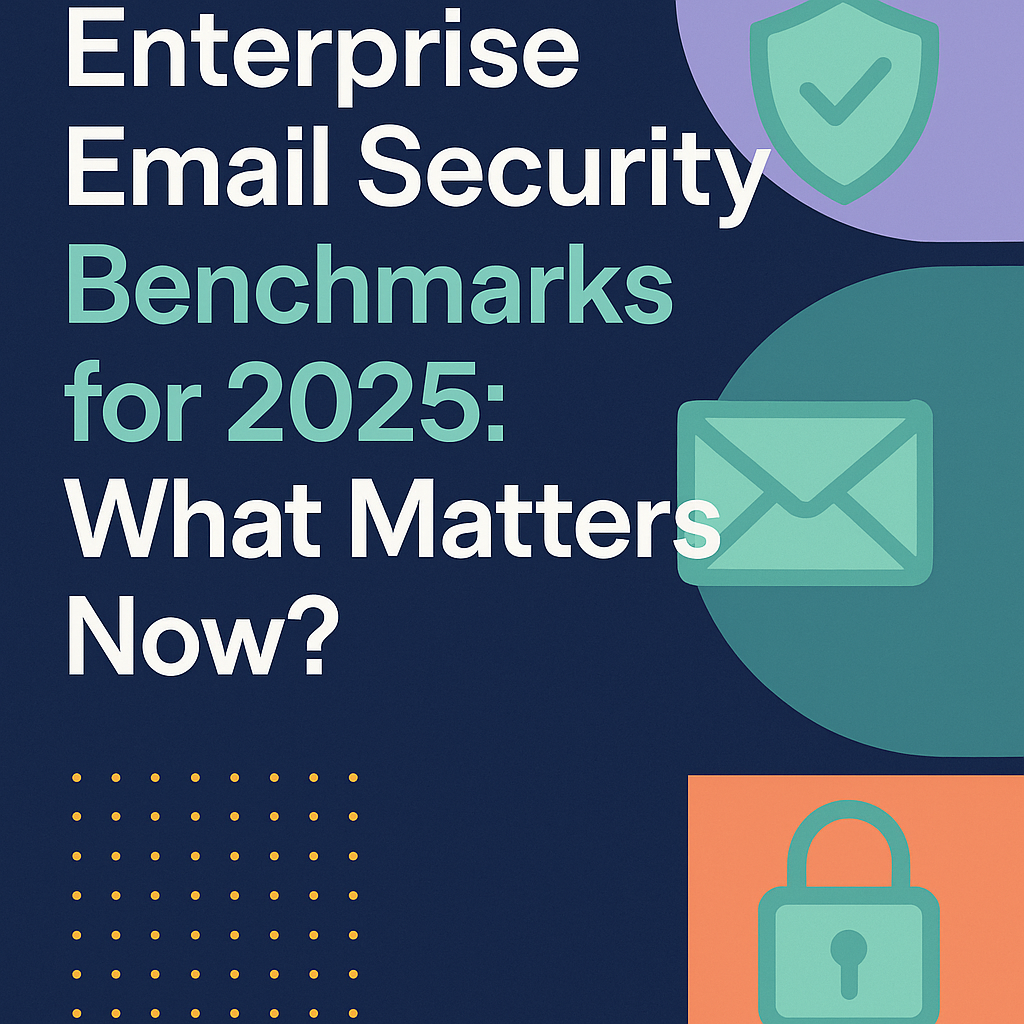
Enterprise Email Security Benchmarks for 2025: What Matters Now?

Phishing remains the top breach vector (in 90% of incidents), but attackers now wield generative AI and LLMs to create highly convincing, context-aware campaigns. Tools like WormGPT and FraudGPT (jailbroken LLMs marketed on the dark web) can instantly craft flawless phishing messages, lowering costs by 98% and fooling over half of users. Deepfake techniques (e.g. cloned voices or AI-generated fake websites) further blur the line between legitimate and malicious messages. In this AI era of email attacks, enterprises must adopt AI-native defenses that reason about intent, not just match known patterns.
Analysts warn that generative AI will empower adversaries with more convincing phishing, deepfakes and malware, and even the FBI has cautioned that AI greatly increases the speed, scale and automation of phishing schemes. As threats grow both more sophisticated and more volumetric, enterprises must shift to a data-driven, AI-native approach. This means adopting new metrics and benchmarks, and deploying truly AI-built platforms. In this report we explore the key benchmarks and capabilities that define cutting-edge enterprise email security in 2025 – from detection speed and accuracy to AI-based reasoning and proactive defense – highlighting how StrongestLayer's platform addresses each challenge.
The Evolving Threat Landscape
Email remains the top attack vector for breaches. Industry research consistently shows phishing and social engineering at the root of most incidents, often culminating in ransomware or BEC (Business Email Compromise) losses. For example, IBM data has found that companies with weak phishing awareness suffer vastly higher breach costs than those with robust training programs. Email is the #1 attack surface for enterprise breaches.
By 2025, sophisticated adversaries are exploiting AI on both sides: they use AI to craft phishing and deepfake lures, while defenders rely on AI to detect them. Notably, Gartner predicts that by 2025 most organizations will begin their security journey with a zero-trust mindset, moving from "trust but verify" to "verify and trust" – even for email communication.
Attackers leverage AI to personalize phishing at unprecedented scale (generating thousands of credible messages per minute), using public data and language models to mimic CEO tone or reference real company projects. Traditional filters – based on static signatures or known malicious URLs – struggle against these dynamic threats. In this arms race, defenders must use AI-powered detection just as aggressively as attackers use AI to create scams. StrongestLayer's founders warn that pattern-matching systems don't just become ineffective – they become obsolete in this environment.
Against this backdrop, key benchmarks have emerged. Security teams are measuring not only how many attacks are blocked, but how quickly and accurately threats are detected, and how resilient the entire system is – including the human element. Benchmarks now span technical metrics (like detection rates and speed) and human metrics (training effectiveness, user engagement) alike. Next we survey these critical metrics.
Key Metrics and Benchmarks in Email Security
Modern enterprises are adopting a data-driven approach to email security. Leading teams define and track measurable benchmarks that reveal the health of their email defenses. Important metrics include:
- Mean Time to Detect (MTTD): The average time from when a malicious email lands in the mailbox to when it is identified. Faster detection minimizes exposure to compromise. Tracking MTTD helps benchmark detection speed. Minimizing MTTD requires both automated analysis and efficient security workflows. For example, if an AI phishing email goes undetected for hours, attackers have a much longer window to exploit credentials or escalate privileges.
- Mean Time to Respond (MTTR): Once a threat is detected, how quickly can the team contain it? MTTR measures the time from first alert to full remediation (notifying users, deleting messages across inboxes, or locking accounts). A low MTTR indicates well-integrated processes and tools. Organizations monitor MTTR to spot workflow gaps or tool delays that allow threats to linger.
- Detection Accuracy (False Positives/Negatives): High efficacy requires more than catching threats – it means catching the right ones. False negatives (missed phishing emails) are obvious dangers, but false positives (legitimate emails flagged as malicious) can disrupt business and erode trust. Teams benchmark their false-positive and false-negative rates to maintain the balance between protection and productivity. Reducing false positives is crucial to avoid overwhelming users with warnings, while eliminating false negatives is obviously critical for security. Strong AI models and adaptive learning loops aim to drive both of these error rates down over time.
- Phishing Report Rate: Empowering users to report suspicious emails is a key defense. Organizations track how often employees forward or flag phishing attempts. A healthy reporting rate often signals strong security awareness, but an excessively high rate can also indicate that many threats are bypassing the filter or that people are unsure what's malicious. Teams use the report-rate metric to tune the balance between user education and automated blocking.
- End-User Click Rate: Whereas report rate measures vigilance, the click rate measures how often users actually fall for simulated or real phishing attempts. A higher-than-expected click rate may indicate gaps in awareness or filtering. Tracking this benchmark helps pinpoint risk-prone groups (e.g. new hires or specific departments) and assess training efficacy: ideally, click rates should decline as employees learn to spot phishing lures.
- Account Takeover Signals: Modern attacks often progress from inbox to credential compromise. Enterprises increasingly track anomalies that hint at account hijacks – for instance, unusual login locations, failed MFA attempts, or unexpected privilege escalations. This extends email security beyond the inbox, monitoring the aftermath if a phishing email succeeds. Early detection of account compromise indicators is now a recommended benchmark.
- Threat Volume by Category: Finally, security leaders examine the composition of inbound threats – e.g. what percentage of emails are generic phishing, what percentage are targeted BEC, how much malware, etc. This contextual benchmarking helps teams prioritize protections and awareness training according to the actual threat mix. Over time it also reveals trends: for instance, a rising share of AI-generated spear-phishing messages would prompt new countermeasures.
Taken together, these metrics create a dashboard of an organization's email security posture. The right tools and processes (an "email security program") should improve these benchmarks: faster detection and response, fewer errors, lower click rates, and proactive threat discovery. Enterprises now expect advanced email security platforms to drive these improvements automatically, via AI and analytics.
AI-Native Architecture and LLM-Based Reasoning
A defining benchmark of next-gen email security is the underlying architecture. AI-native platforms — built from the ground up with machine learning and large language models (LLMs) — enable fundamentally new capabilities. By contrast, older "bolt-on" AI features or static rules simply cannot meet the scale and nuance of AI-driven threats.
StrongestLayer represents the AI-native approach. At its core is the TRACE engine (Threat Reasoning and AI Correlation Engine). TRACE is actually a multi-model brain: it orchestrates multiple AI components to "think" more like a skilled human analyst. The pipeline works as follows:
- Multimodal Signal Ingestion: The system ingests a wealth of data around each email – not just the raw message text, but metadata (sender, IPs, headers), behavioral signals (user's past email patterns, click history), device/environment context, and even related browser activity. By collecting structured and unstructured inputs across these domains, the platform builds a rich dossier on every email beyond simple keyword checks.
- AI-Powered Threat Intelligence Enrichment: Incoming emails are instantly correlated with threat intelligence. StrongestLayer continuously harvests data from passive DNS, domain registrations, clustering of infrastructure, and image similarity – even capturing screenshot comparisons – to spot emerging phishing infrastructure (newly registered domains, cloned websites, malicious hosting clusters) before they hit public blocklists. This intelligence enrichment lets the platform flag suspicious links or senders immediately if they have ties to any known campaigns.
- Human-Like Contextual Reasoning: Here is where LLMs shine. The core detection engine parses each email with large language models tuned for security. It looks at the content in context – reading text "like a human" to sense if tone, phrasing or requests are out of the ordinary. For example, the AI infers intent: does the language match a genuine financial instruction, or does it feel manipulative? It also incorporates business context (past correspondence, known projects, org chart roles) to judge plausibility. This contextual analysis catches highly targeted spear-phishes that contain no obvious malware or malicious link. StrongestLayer's LLMs "see" whether an email's intent aligns with history and expectations – a feat beyond static filters.
- TRACE Verdict Engine: Once signals are gathered and scored, the TRACE engine synthesizes them into a final verdict. It correlates the contextual cues, behavioral anomalies, and threat intel to decide if an email is malicious. Crucially, every verdict is accompanied by full transparency: the system maps its reasoning to MITRE ATT&CK techniques, assigns a confidence score, and produces a clear reasoning path. This makes decisions auditable – SOC analysts can review exactly why an email was flagged (e.g. "Sender address is atypical for this user; message contains urgent payment request with inconsistent writing style; linked domain was registered yesterday") and trace it back to known attack patterns.
- Real-Time Enforcement: Once a verdict is reached, enforcement is immediate. The platform can quarantine, banner, or drop emails in real-time, and can even remove delivered messages from user mailboxes through inline controls. At the same time, the system publishes the reasoning for security teams. Each time StrongestLayer blocks an email, it provides an "analyst-grade" explanation of its decision – including confidence and key flags. This real-time adjudication with built-in explainability helps teams trust the system's intelligence and accelerates investigations.
This AI-native, reasoning-based pipeline is a key benchmark for 2025. Unlike rule-based filters, it continuously learns: every analyst action (e.g. marking a message legit or malicious) feeds back into the model, refining its understanding. The result is a virtuous cycle: as threats evolve, the platform adapts instantly, catching variants that would slip past conventional defenses. Independent tests show such AI-enhanced filters block highly targeted attacks that bypass ordinary secure-email gateways (SEGs).
Key Features: StrongestLayer's architecture delivers a range of capabilities. For each email, its LLM-driven engine can discern the sender's intent and contextual anomalies. It profiles normal communication patterns for every user (so a money request coming from the CEO's account to a new vendor can be flagged as anomalous). Global threat feeds enrich detection – for example, seeing that a link points to a just-registered domain or a known phishing kit immediately raises an alert. Importantly, as one customer noted, "our mail filter picks up on a new phishing style," and the system's built-in training engine can simultaneously generate similar lures for employee drills. This intelligence fusion ensures both the detection and training arms of the platform evolve in lockstep.
Pre-Campaign Detection and Proactive Defense
A new benchmark in email security is pre-campaign detection. Instead of only reacting to emails when they arrive, organizations now aim to identify and disrupt phishing campaigns before they launch. StrongestLayer's Pre-Attack Detection is built for this purpose. It continuously scans the broader digital ecosystem – monitoring social media, chat and collaboration platforms, domain registrations, open networks and email gateways – for signs of impending attacks. The system watches for cloned domains (fake URLs mimicking company brands), leaked credentials or credentials trading, and newly emerging phishing kits. If it detects a suspicious pattern or site tied to your organization, it can alert security teams before the first malicious email lands in an inbox.
This proactive approach is a game-changer. In recent deployments, StrongestLayer's predictive engine identified thousands of new phishing domains within days of their creation. Predictive campaign detection identifies and neutralizes phishing sites within days after their creation and has already flagged on the order of 3.9 million fake domains targeting organizations. These are domains or fake login pages that traditional email gateways would not catch until late in the attack chain. By the time an actual phishing email is crafted from them, StrongestLayer's engine has already mapped the malicious infrastructure and can preemptively block or quarantine related emails.
Pre-campaign detection means security teams get early warning. If attackers create a phishing site that imitates a company's HR portal, the platform will spot the brand terms and site patterns quickly and alert defenders. This breaks the kill chain. By stopping an attacker at the reconnaissance or initial infrastructure phase, an enterprise can significantly reduce phishing success rates.
Why it matters: The ability to see around corners is now considered a leading-edge capability. Enterprises are tracking metrics like "number of campaigns detected pre-delivery" and "time from domain registration to detection." StrongestLayer's Pre-Attack Detection consistently beats manual or list-based methods. By integrating these proactive signals, the platform effectively raises the bar: even if a phishing email somehow arrives, its malicious infrastructure is already known, making rapid blocking trivial. In the context of 2025 benchmarks, having predictive coverage of your brand/supply chain signals is increasingly viewed as a must-have component of enterprise email security.
Integrating Human Awareness and Training
Technology alone isn't enough – human behavior is the final line of defense. A comprehensive email security program in 2025 includes rigorous, adaptive user training. Benchmarks in this area measure how educated and vigilant the workforce is. StrongestLayer emphasizes this by calling the trained workforce a "human firewall."
Key aspects of effective training include:
- AI-driven Simulations: Instead of periodic static quizzes, modern programs use live phishing simulations that evolve. StrongestLayer can automatically launch realistic phishing scenarios on demand, matching current threat trends. Employees receive carefully timed fake phishing emails (even using AI-generated content) as part of their daily workflow. This "training in the flow of work" lets each simulation teach something new.
- Adaptive, Personalized Learning: One-size-fits-all modules are outdated. StrongestLayer's platform assesses each user's knowledge and customizes follow-up lessons. For example, if an employee consistently fails a "vendor invoice" phishing test, the system will dynamically reinforce that topic in their training path. Personalization is essential: industry studies show behavior-based training can reduce risk by over 80% when done properly.
- Instant Feedback and Coaching: When a user falls for a simulated phish, the system provides immediate, contextual feedback. Instead of just marking "failed," it walks the user through what cues were off: maybe the sender name was slightly wrong, or the wording was out-of-character. This creates a learning moment on-the-spot. Over time, users learn to spot the subtle hallmarks of scams.
- Continuous Improvement: Effective training is an ongoing loop. The AI tracks which lures consistently fool employees and then modifies future simulations to target those weaknesses. As threats change, the training content changes automatically – for example, if a new deepfake voice technique emerges, it will be reflected in new test scenarios. This means the training program itself is adaptive, just like the detection engine.
By turning every phishing event (real or simulated) into data, the platform measures human performance directly. Enterprises now benchmark training effectiveness via metrics such as click-through rates on simulations, click-to-report ratios, and time-to-report suspicious emails. For instance, one client saw a six-fold increase in employee report rates within six months of continuous AI-driven training. StrongestLayer reports that customers using its training engine see drastically fewer incidents as employees become proactive scouts rather than passive targets.
A top-tier email security benchmark in 2025 is the integration of security awareness into the platform itself. StrongestLayer blurs the line between filter and training: its threat intelligence drives both automated blocking and simulated attacks, ensuring that as new attack patterns are caught in live email, they immediately seed the training generator. This holistic "AI detection + AI training" ecosystem yields a measurable uplift in the organization's security culture – a critical part of any comprehensive enterprise email security strategy.
StrongestLayer's Core Capabilities
StrongestLayer's platform unifies all these capabilities into one suite, aligning with the benchmarks above. Key features include:
- AI Email Security Engine: An LLM-native filter that examines every email's content, context, attachments and links. It "understands intent" instead of relying on keywords. This engine proactively blocks phishing, spear-phishing, BEC requests, and malware – all tuned continuously by machine learning. It supports major environments (e.g. Microsoft 365, Google Workspace) out-of-the-box.
- Threat-Intel-Created Phishing Simulation: A training module that uses real-time threat data plus generative AI to craft realistic phishing campaigns. It generates lures based on industry, current events, and observed tactics, then launches controlled tests. Employee actions are tracked and scored, with analytics for compliance.
- AI-Generated Training Suite: A full security awareness portal powered by AI. It delivers personalized learning – interactive modules, videos, quizzes – tailored to each user's role and history. It constantly refines itself: if a user fails a particular simulation type, the relevant lesson is automatically repeated with new examples.
- Inbox Advisor: An in-mail guidance tool that works in real time. When a suspicious email arrives, the advisor can pop up a warning or prompt the user to verify aspects of the message (e.g. "Check the sender's email address" or "Avoid clicking links marked as unknown"). This turns each inbox event into a learning moment and double-check.
- Pre-Attack Detection (Predictive AI): As detailed above, this predictive engine continuously scans social media, domain registries and other channels for signals of targeting. It flags cloned domains and leaked data tied to your organization, alerting defenders before the phish campaign strikes.
- Behavioral Analytics & Anomaly Detection: The platform profiles normal communication patterns (languages, sending domains, timing, ask types, etc.) for every user and group. Any deviation – such as an unusual request in a vendor invoice – is flagged for review. It implements machine-driven "anomaly detection" on top of email, catching messages that look benign on the surface but are contextually suspicious.
- Seamless Integration & Automation: All components feed a unified interface. The system integrates with SIEM and SOAR tools, enabling automated playbooks. For example, when a phish is caught, the platform can quarantine the message, blacklist the sender, send users safe links, and even retract the email from all affected inboxes – all automatically. Administrators get a single console to monitor threat trends, user risk scores, and training compliance across the enterprise.
Final Thoughts: Embracing AI-First Email Security
Enterprise email security in 2025 requires a radical shift. The benchmarks of success are no longer satisfied by static filters or signature checks alone. Security leaders must demand quick detection and response (low MTTD/MTTR), high accuracy (minimal false hits), and comprehensive coverage across all threat vectors – all while empowering users to serve as an active defense.
StrongestLayer stands ready to meet these challenges with an AI-native, multi-layered approach. Its LLM-powered engine infers malicious intent at scale, its predictive models snuff out attacks before they land, and its adaptive training transforms employees into vigilant "human firewalls." As analysts recommend, enterprises should shift to a zero-trust email model – scrutinizing every message in real time – and incorporate AI at every level of the stack. The benchmark for 2025 is clear: defenses built for the era of AI, not the legacy of yesterday.
For organizations ready to raise their email security game, StrongestLayer's AI Email Security platform is designed to deliver on these metrics. Visit Our AI Email Security page for details on its full capabilities, or contact us to schedule a demo. In an age where threats evolve overnight, adopting an AI-powered, intent-focused email defense is no longer optional – it's what makes enterprise security robust and resilient today.
Frequently Asked Questions (FAQs)
Q1: What makes AI-generated phishing so difficult to detect?
AI-crafted phishing messages are highly personalized and linguistically convincing. They mimic human tone, urgency and company-specific jargon, and often use clean infrastructure. This means there may be no misspellings, no obvious malicious link, and no known bad signature – the threat is essentially linguistic. Security teams can no longer rely on keyword matching; instead, they must analyze intent and context.
Q2: Why can't traditional email gateways stop AI-driven phishing?
Most legacy gateways were built to catch spam and malware using signatures or static rules. AI phishing bypasses these checks by generating novel content and fresh domains on the fly. StrongestLayer's solution, by contrast, uses large language models to understand context and intent, so it can flag an email as malicious even if the links and attachments look normal.
Q3: How does the system detect a threat if the link or sender isn't overtly malicious?
The platform reads the full email content and context, much like a human analyst would. It looks for linguistic red flags, unusual requests or behavioral anomalies (e.g. a payment request out of the ordinary). Even without a malicious payload, StrongestLayer can infer that the intent is suspicious – and quarantine the email in real time.
Q4: Can well-trained users still fall for these attacks?
Unfortunately, yes – AI attacks can trick even vigilant employees by referencing real names, meetings or invoices and mimicking voices. That's why StrongestLayer provides a safety net. The platform continuously tests and trains users with evolving scenarios, so that human defenses keep pace. Even if a crafted message evades an attentive user, the system's AI detection will catch it as a backup.
Q5: How does StrongestLayer's email platform integrate with my existing environment?
The solution is cloud-based and designed for enterprise deployment. It supports major email services (Microsoft 365, Google Workspace, etc.), integrates with SIEM/SOAR systems, and can enforce policies without replacing your core mail server. Deployment is typically quick ("up and running in minutes"), and you can have the AI-driven defenses and user training active in days, not months.
Q6: How can I measure success after deploying this solution?
Security teams should monitor the key benchmarks discussed above. After implementation, you should see lower MTTD/MTTR, a drop in user click rates on test phishes, higher user report rates, and clearer insights into phishing categories. StrongestLayer's platform provides dashboards for these metrics. Many customers report dramatic reductions in advanced phishing incidents and major boosts in employee awareness within weeks of rollout.
Q7: Why is email the #1 threat vector in 2025?
Email remains the primary attack vector because it provides direct access to users and bypasses many perimeter defenses. Attackers can leverage AI to create highly convincing messages that exploit human psychology and trust. Unlike other attack vectors that may require technical vulnerabilities, email attacks target the human element, which is often the weakest link in security chains.
Q8: What benchmarks should enterprises track in email security?
Enterprises should track technical metrics like Mean Time to Detect (MTTD), Mean Time to Respond (MTTR), detection accuracy (false positives/negatives), and human-centered metrics like phishing report rates, end-user click rates, and account takeover signals. These benchmarks provide a comprehensive view of both technological effectiveness and human resilience.
Q9: What role does AI play in modern email security platforms?
AI enables real-time intent analysis, contextual reasoning, and adaptive learning that static rule-based systems cannot achieve. Modern AI-powered platforms use large language models to understand the meaning and context of emails, detect novel threats without prior signatures, and continuously evolve their detection capabilities based on new attack patterns.
Q10: What are the benefits of LLM-native threat detection engines like TRACE?
LLM-native engines like StrongestLayer's TRACE provide human-like contextual reasoning, real-time threat analysis, explainable decision-making, and continuous learning capabilities. They can understand intent rather than just keywords, correlate multiple signals, and provide transparent reasoning for security teams to trust and act upon.
Q11: How can enterprises reduce human error in email risk?
Enterprises can reduce human error through AI-driven simulations, personalized adaptive training, instant feedback and coaching, and continuous improvement loops. The key is making training contextual, relevant, and ongoing rather than periodic and generic. Platforms like StrongestLayer turn every email interaction into a potential learning moment.
Q12: Why is zero-trust architecture essential in email defense?
Zero-trust architecture treats every email as potentially malicious until proven otherwise, regardless of sender or source. This approach is essential because AI-powered attacks can convincingly impersonate trusted sources and create novel threats that bypass traditional perimeter defenses. Every message must be scrutinized in real-time with contextual analysis.
Q13: How quickly should a modern system detect a novel phishing campaign?
Modern AI-native systems should detect novel phishing campaigns in real-time as emails arrive, without waiting for signature updates or manual analysis. The benchmark for 2025 is immediate detection and response, with systems that can understand intent and context to identify zero-day threats within seconds of delivery.






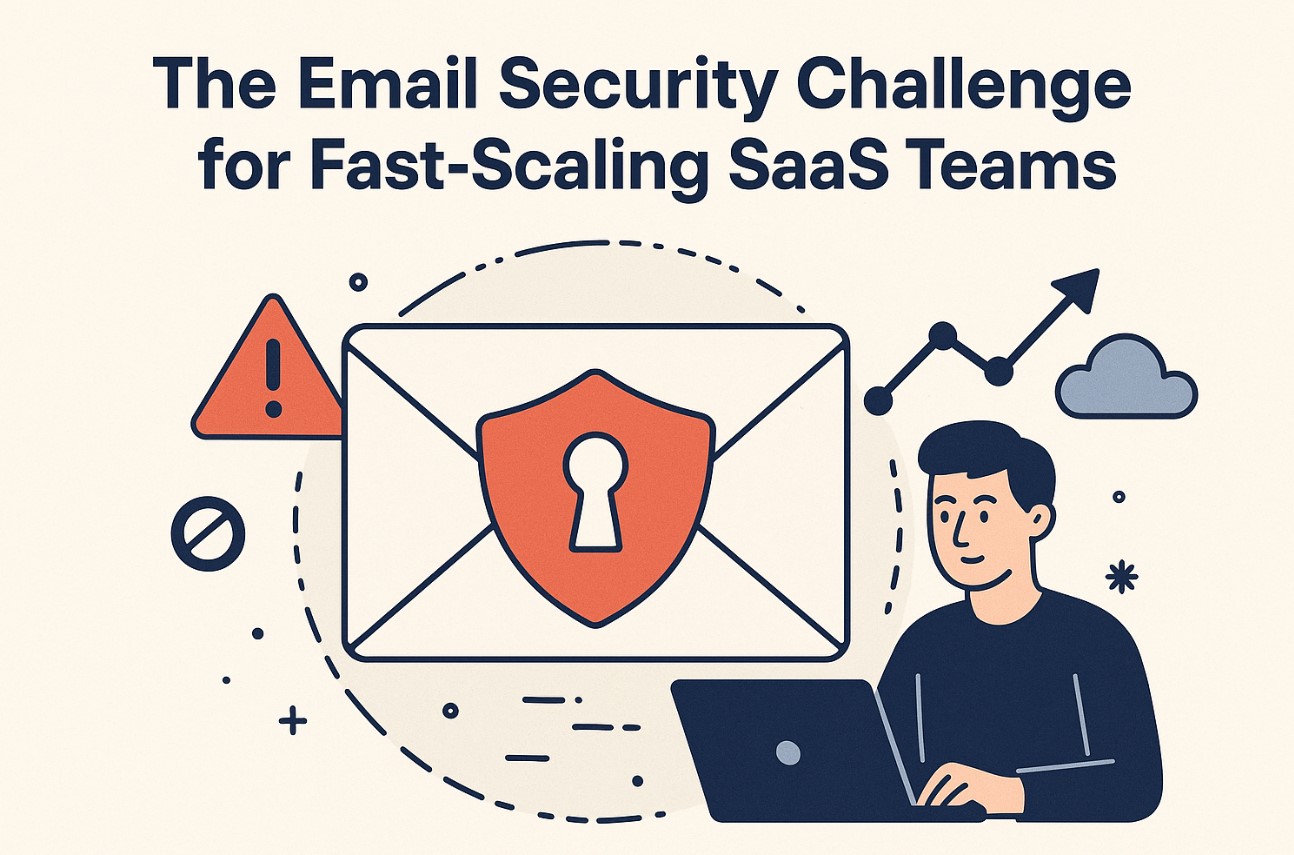
.png)
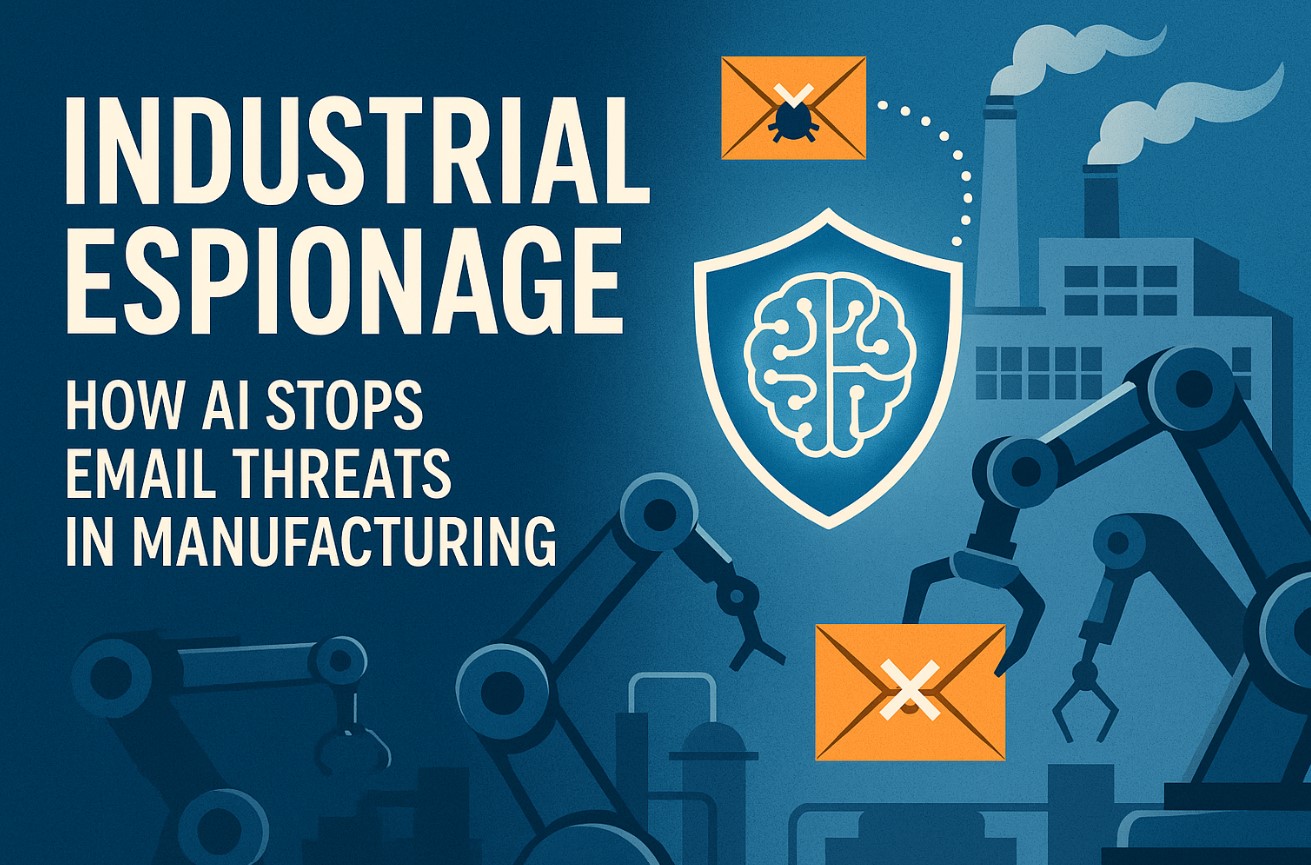

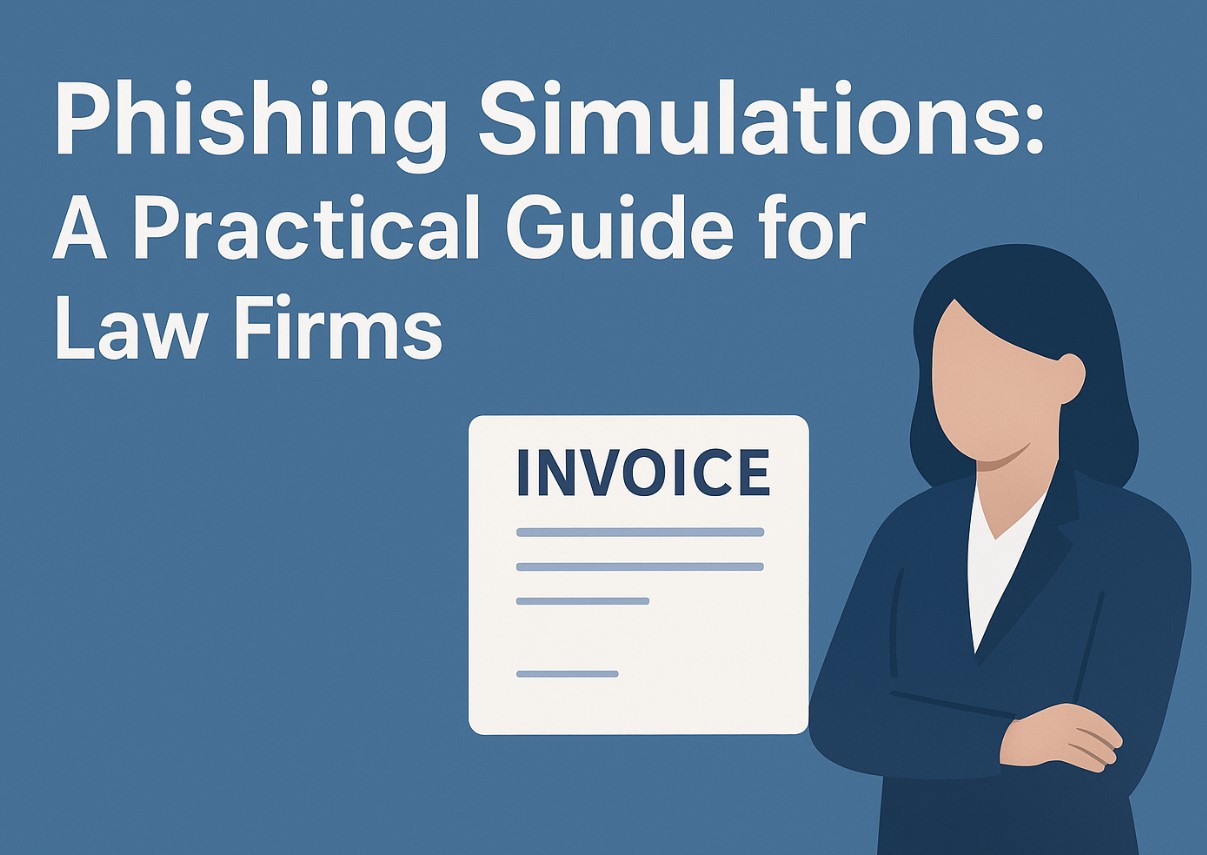
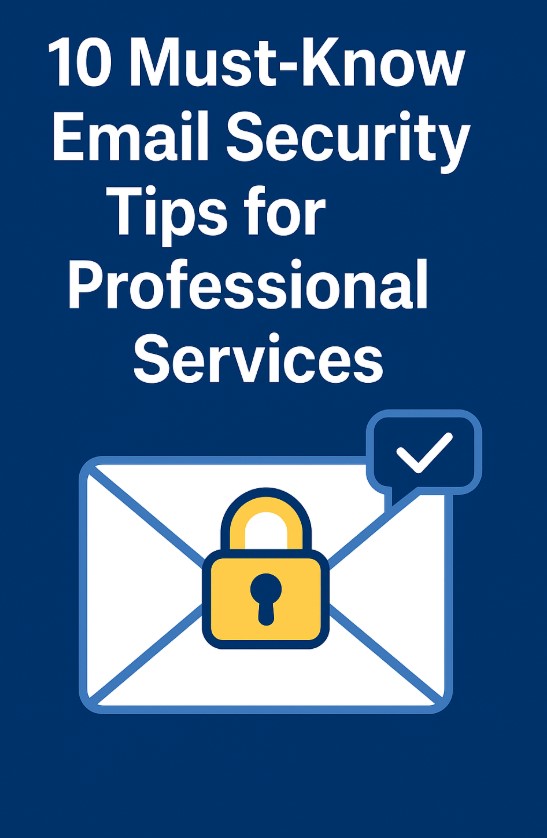

.png)
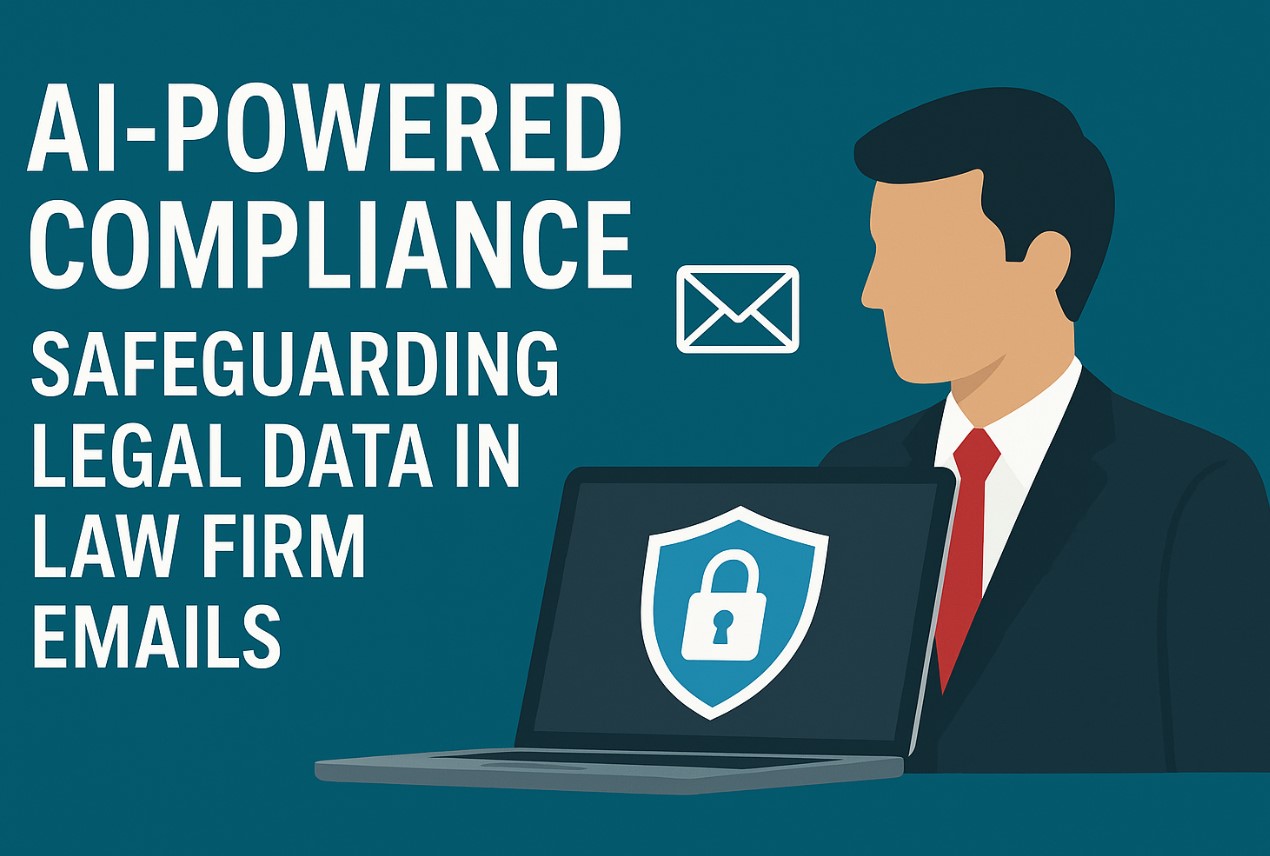

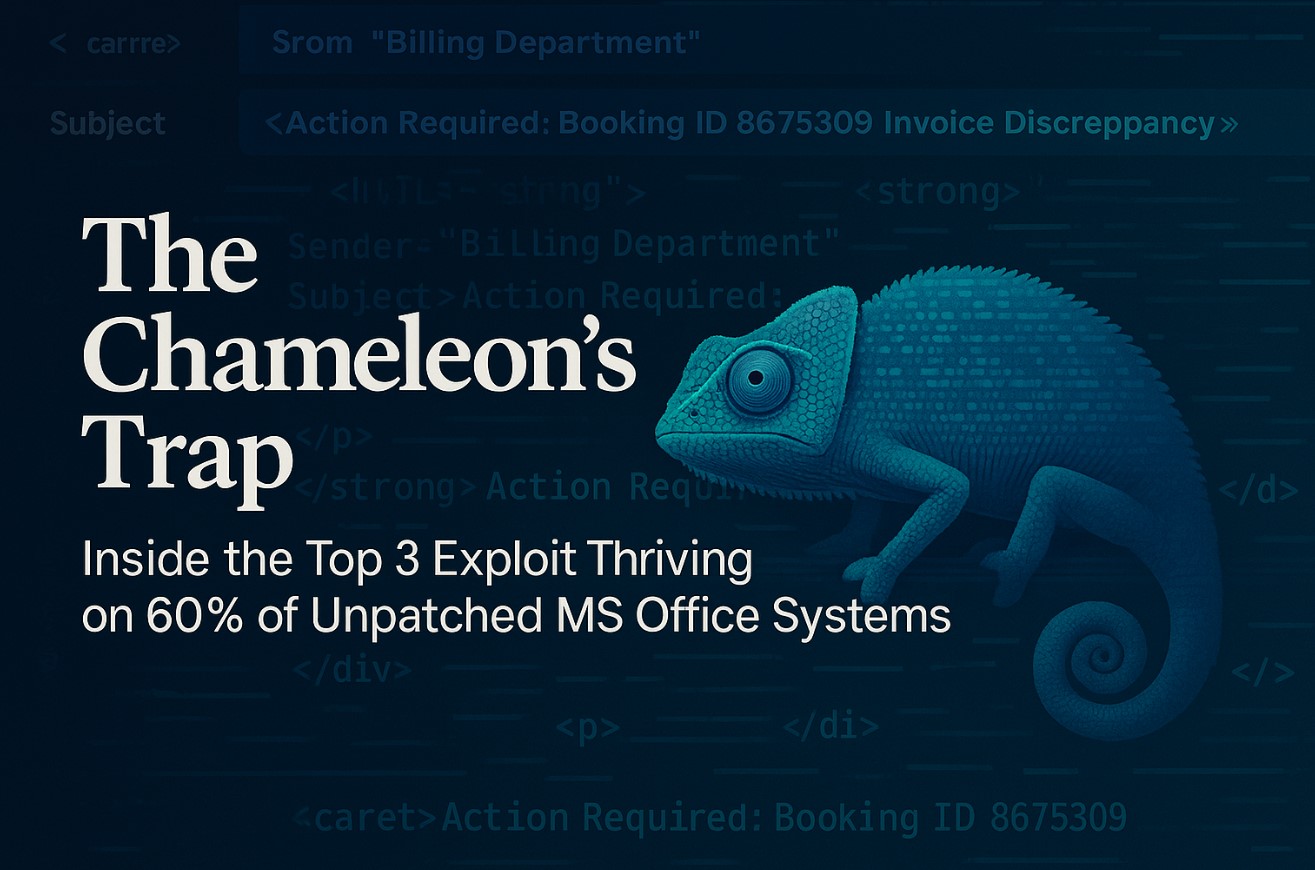

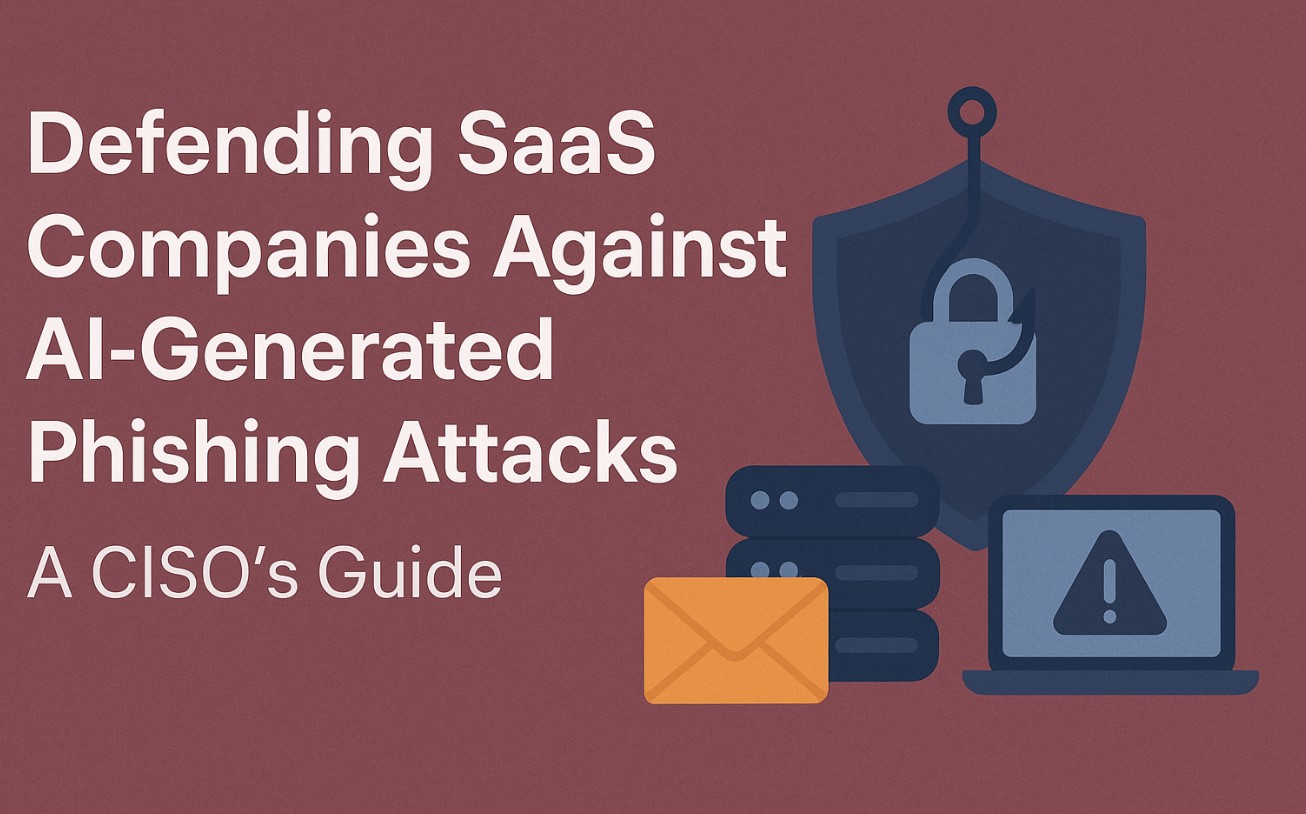


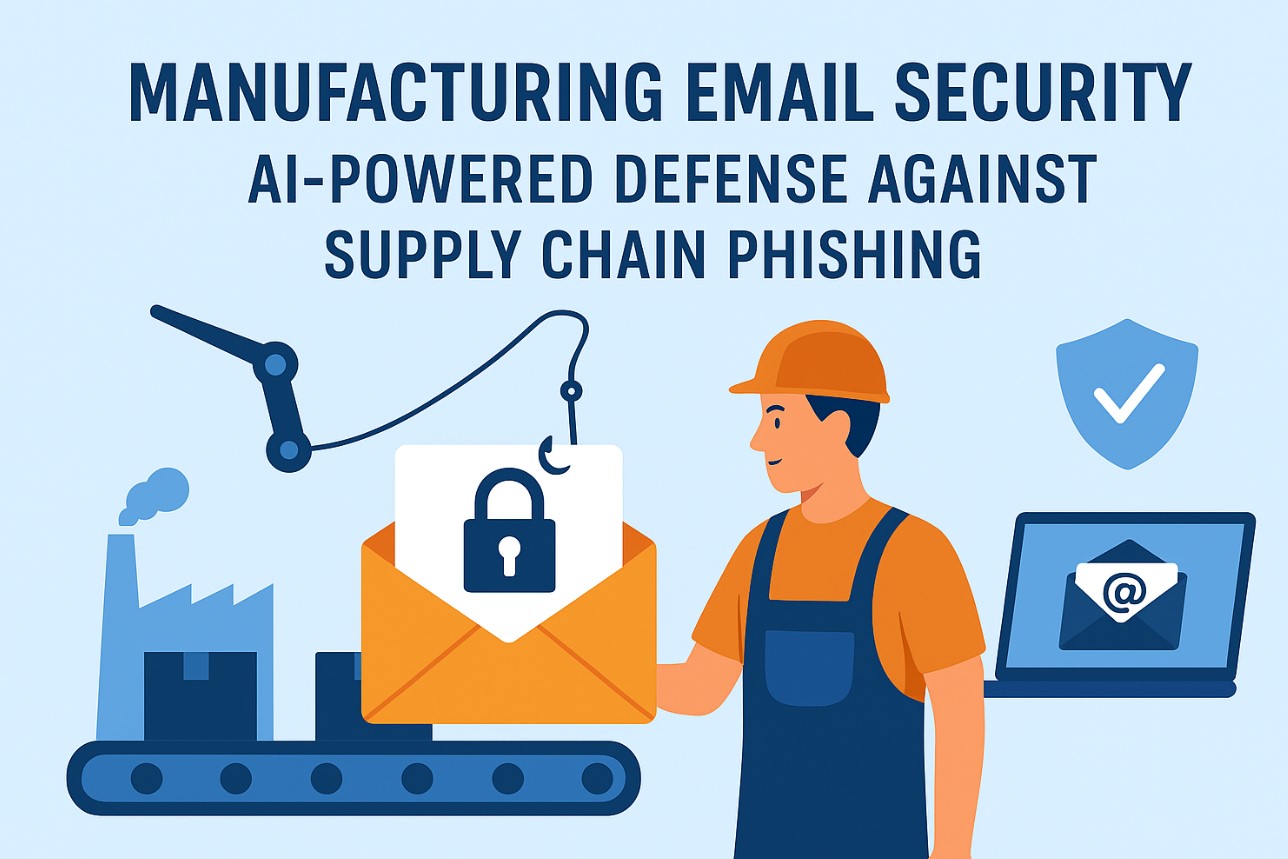
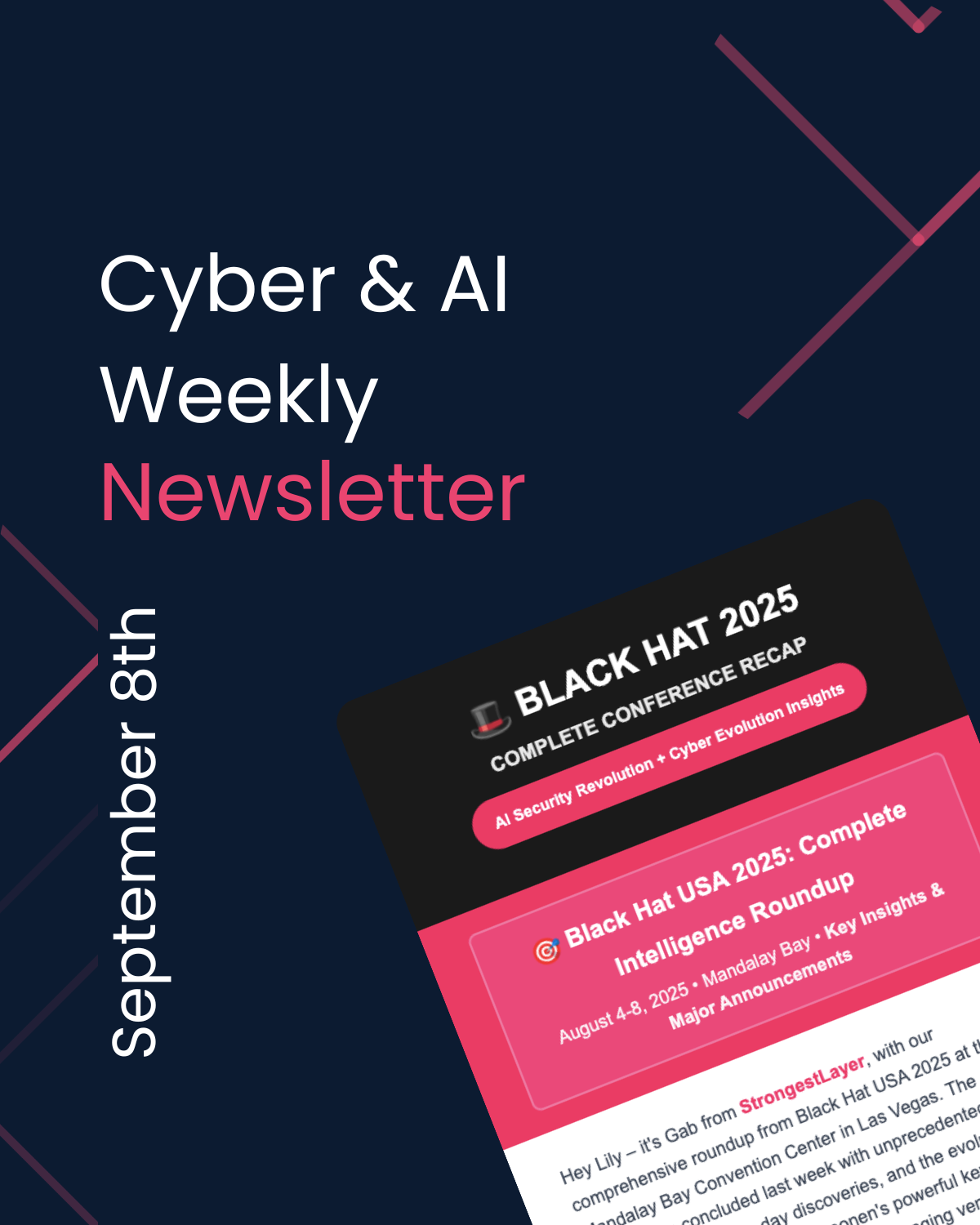
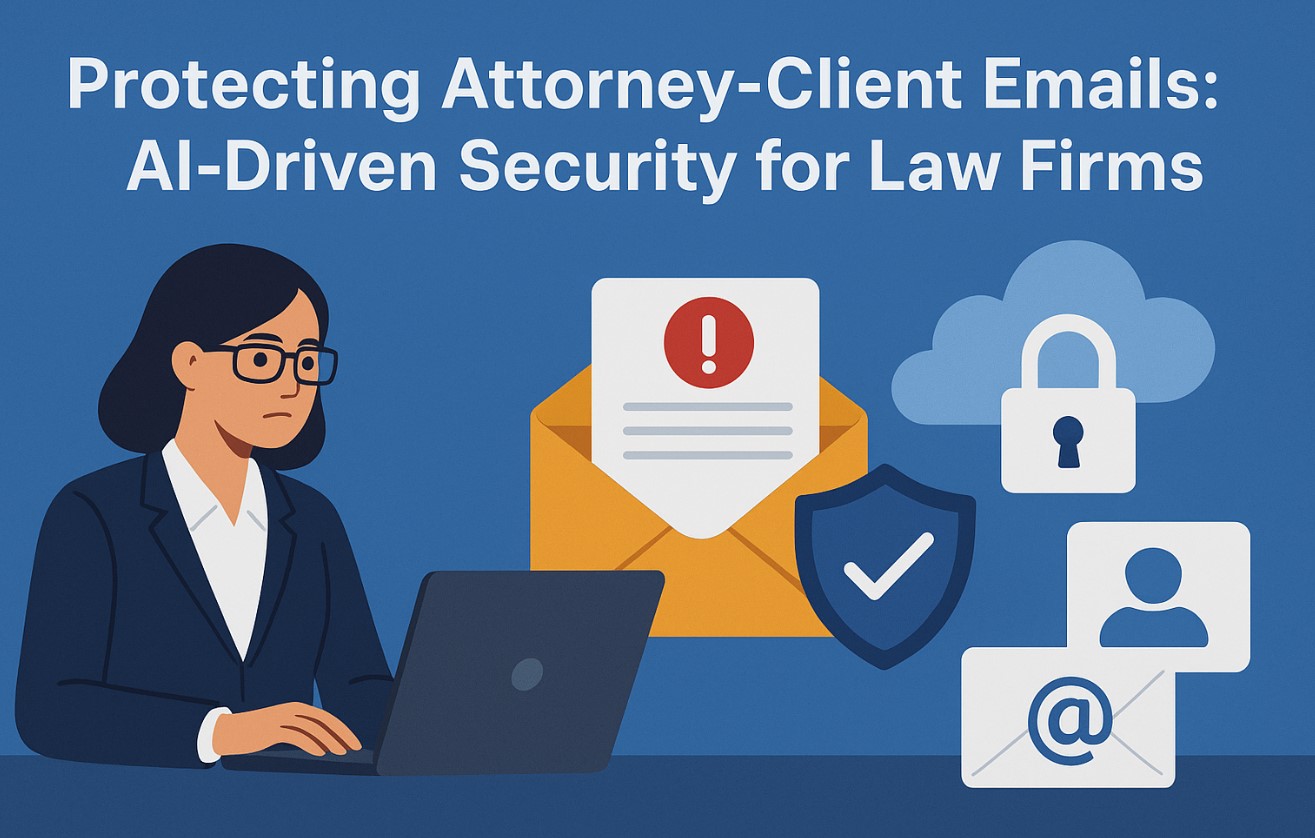

.png)

.png)
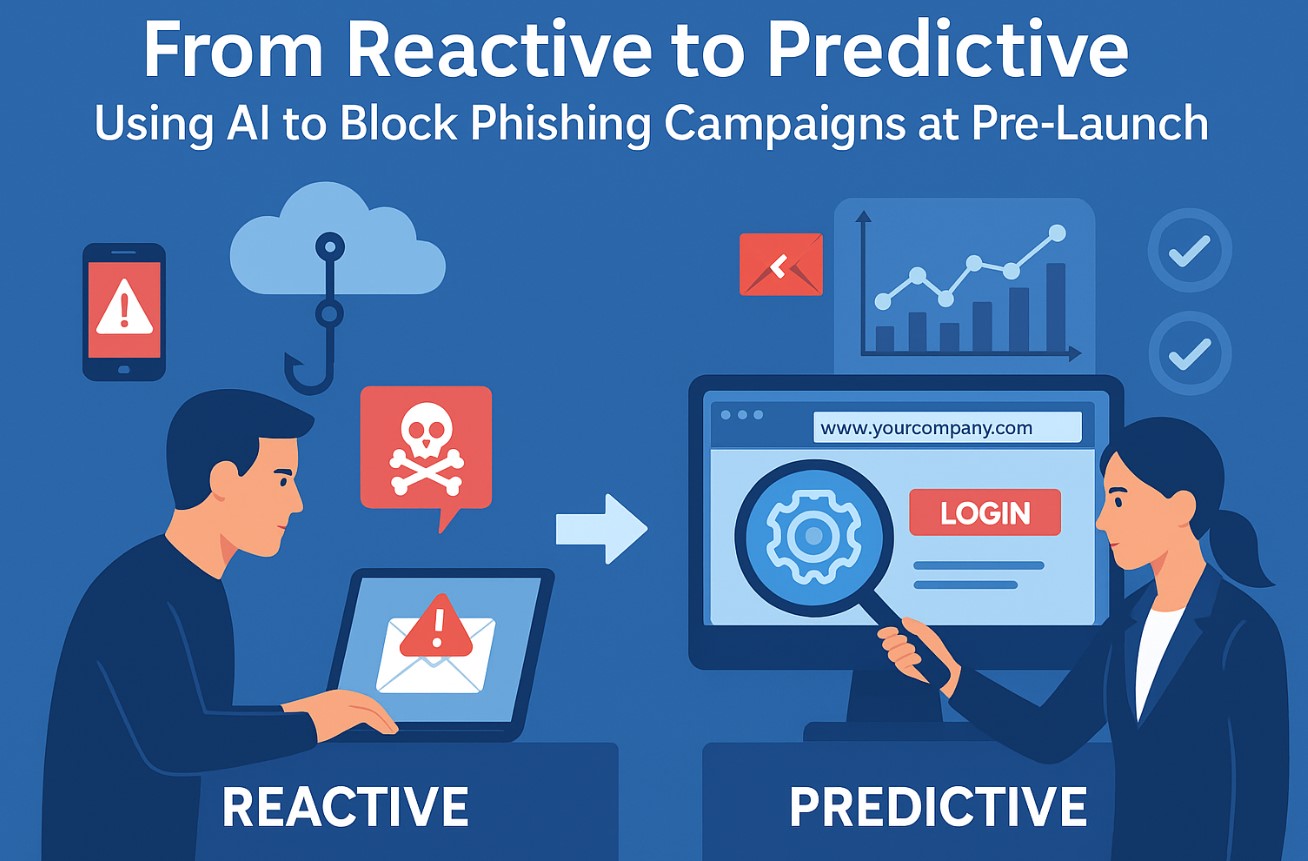


.png)
.jpg)
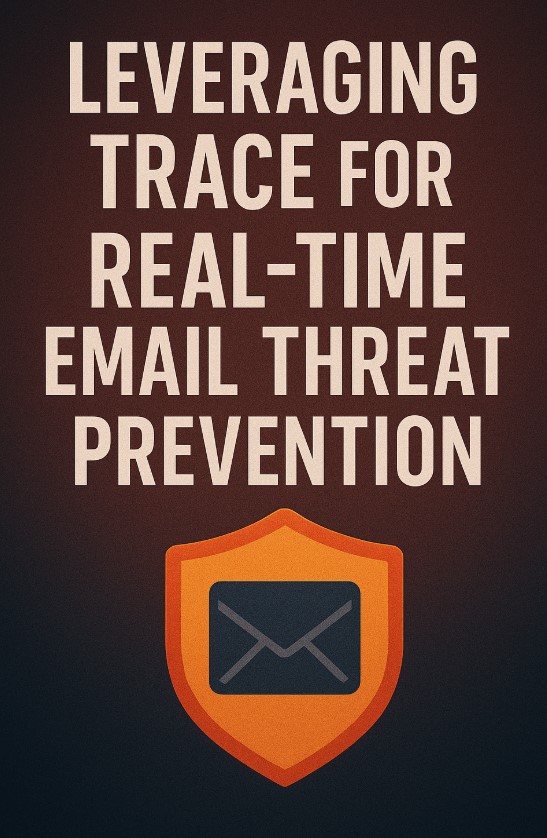
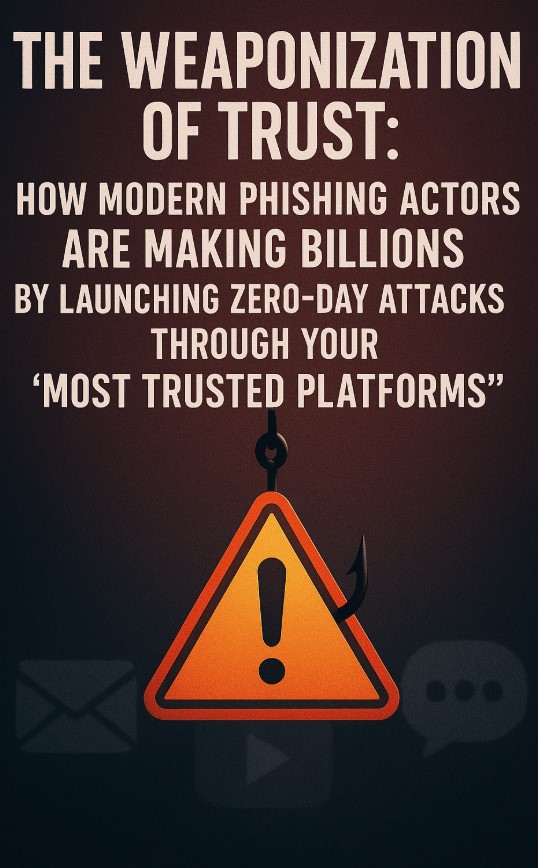


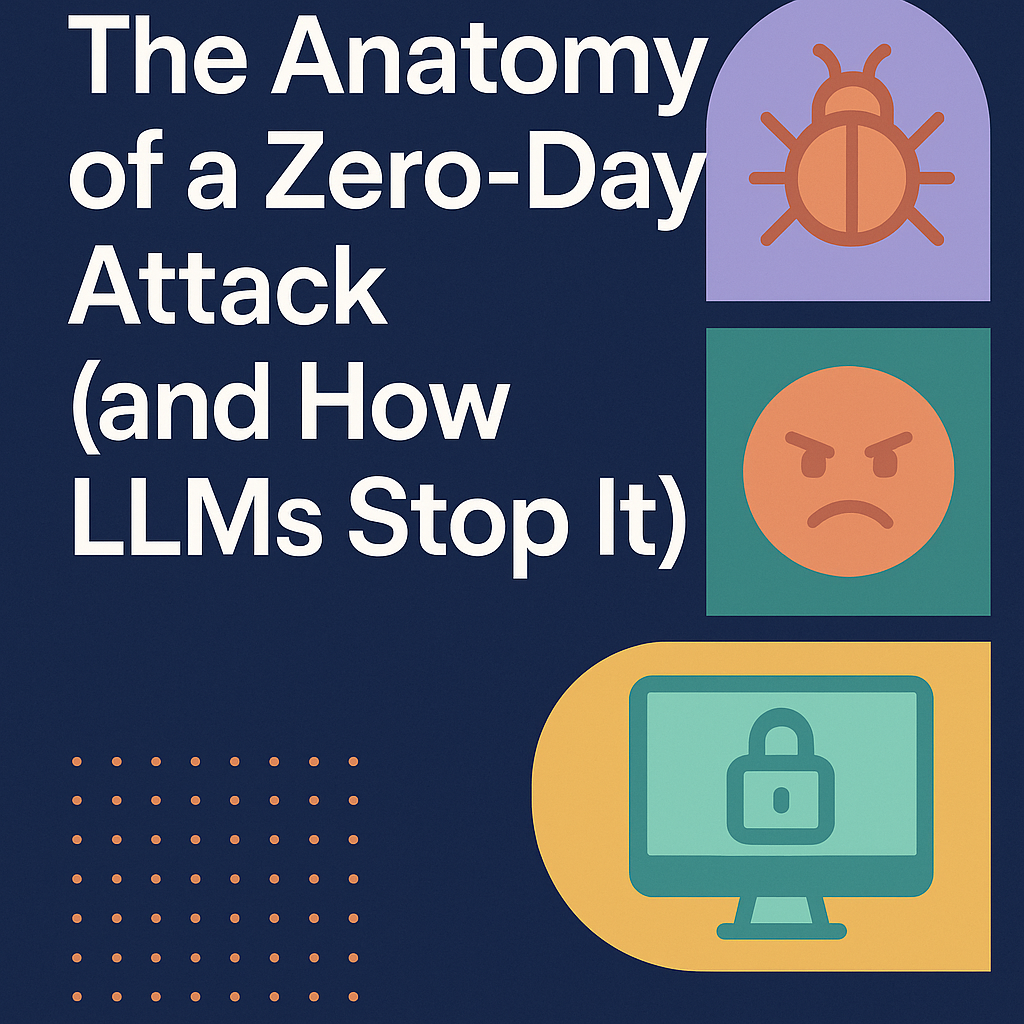
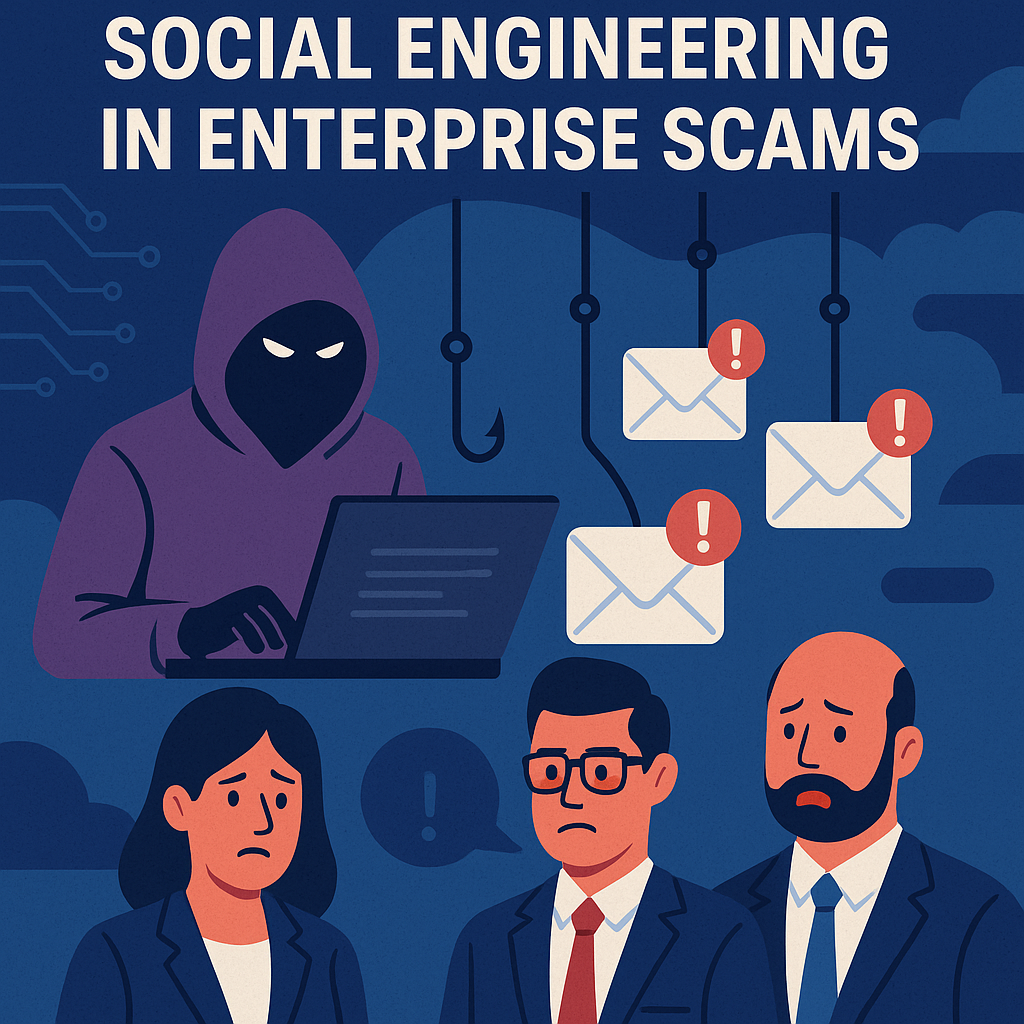
.png)







.png)































%20Attacks%20in%202025.jpg)









